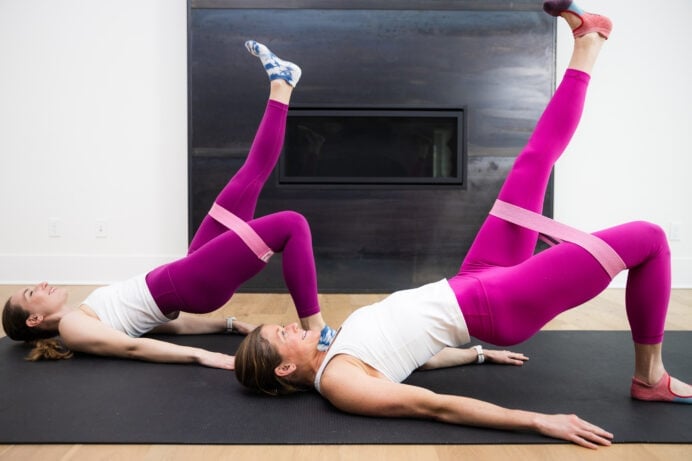
Mobility and Recovery Exercises (10 Minutes)
Active recovery workouts are a crucial, yet often overlooked, part of a balanced fitness routine. This 10-minute, all-standing active recovery workout requires no equipment and gently stretches every major muscle group to boost mobility and support muscle repair. Perfect for beginners, sore athletes or anyone craving a low-impact rest day routine, this dynamic flow targets the hips, spine, shoulders and calves to relieve stiffness and improve range of motion.
If you’re sore after a week of intense HIIT and strength training workouts, a sedentary rest day can actually make your body feel worse. Instead, try incorporating 1-2 active recovery workouts into your weekly routine.
Unlike a complete rest day, active recovery is a form of intentional low-intensity exercise designed to promote muscle recovery. This is different from passive recovery, which includes things like lying down and sleeping. Popular examples of active recovery include walking, swimming, yoga, foam rolling/myofascial release or a targeted stretching session like the one below.
These forms of gentle activity slightly elevate your heart rate and increase blood flow to sore muscles, help flush out waste products built up during exercise (like lactic acid), reduce inflammation and support the body’s natural repair process. This all helps reduce soreness, improve mobility and flexibility, prevent overtraining injuries and prepare you for your next workout.
Personally, I became committed to daily stretching and mobility work after rehabbing from a knee injury. I noticed so many benefits of incorporating just 5-10 minutes of active recovery into my day, including reducing my daily pain, improving my joint mobility and relieving chronic tightness in my hips and lower back.
I love this all-standing dynamic stretching workout because it’s practical and versatile: perfect for the airport before a long flight, in a hotel room or at home when pets or little ones are nearby. It’s also a great workout warm-up or cool-down!
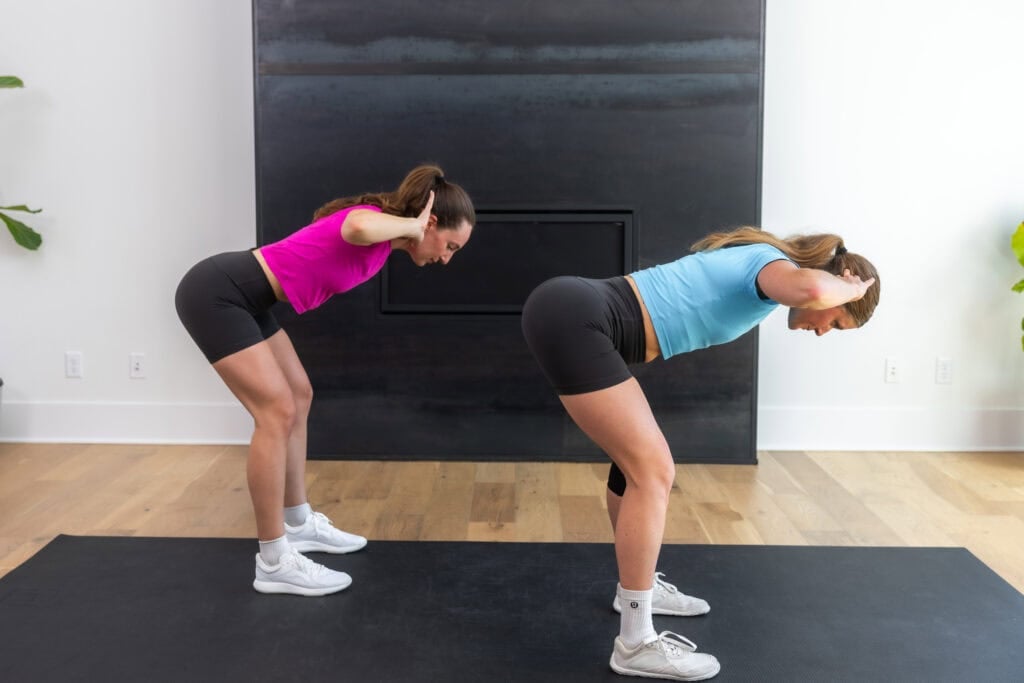
Workout Details
This series of full-body stretching and mobility exercises is designed for all fitness levels to target muscles like the hips, glutes, hamstrings, lower back, chest, shoulders, calves, ankles and spine.
A general rule of thumb is that active recovery workouts should make up 1-2 of your regular weekly workouts. If you’re regularly performing high-intensity workouts, you may find your body needs more active recovery sessions. Beginners or people looking to reduce pain may wish to incorporate these exercises daily as a pre-workout warm-up or post-workout mobility routine.
As a personal trainer, I want to note that although stretching tight muscles may feel uncomfortable, it shouldn’t be painful. If you feel pain, listen to your body and reduce the range of motion.
Workout Equipment
No equipment, just your body weight.
Workout Instructions
Follow along with the guided 10-Minute Full-Body Recovery Flow on YouTube, led by me — your certified personal trainer (CPT), Lindsey Bomgren.
Your Workout Looks Like This:
- 9 Mobility Exercises for Recovery
- Timed Intervals (Perform each exercise for 40 seconds, followed by 20 seconds of rest. Perform as many reps as you can in the timed interval.)
- Perform Each Mobility Exercise x1 (no repeats)
Note: Today’s workout is an updated version of one of my original mobility flows. I re-filmed this workout to add a guided video, improve the audio and video quality and share some new moves and low-impact/beginner modifications. If you try both, I’d love to know which version is your favorite!
Workout Outline
Screenshot or Pin This Workout:
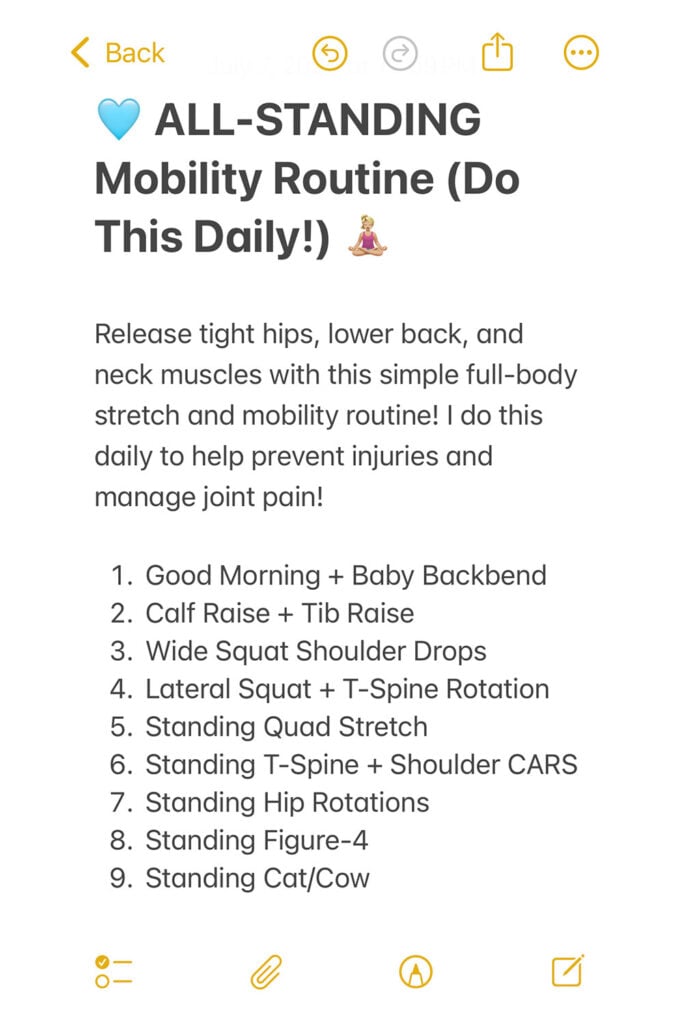
1. Good Morning and Baby Backbend
Targets: Glutes, quads, hamstrings, erector spinae, lats, shoulders, lower back and core.
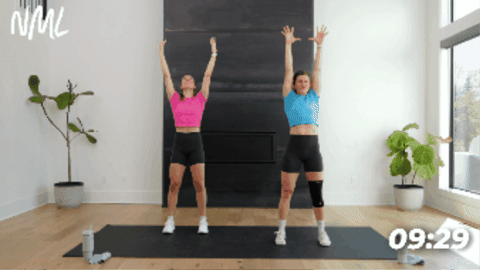
How to Do a Good Morning and Baby Backbend
- Start in a standing position with your feet shoulder-width apart and core engaged.
- Place your hands gently behind your head, elbows wide. Squeeze your shoulder blades together to activate your upper back.
- With a soft bend in your knees, hinge at your hips to lower your torso forward until it’s roughly parallel to the floor. Keep your spine long and core engaged.
- Reverse the movement, driving through your heels to stand tall, returning to starting position (torso upright).
- Inhale as you reach your arms overhead, stretching tall through your fingertips and spine — this is Mountain Pose.
- Exhale, lower your arms to shoulder height, bending your elbows into a goal-post shape to open through the chest.
- Return your hands behind your head to complete the sequence.
2. Calf Raise and Tib Raise
Targets: Calves, tibs (tibialis anterior muscle, or muscle along the front of the shin), ankles and core.
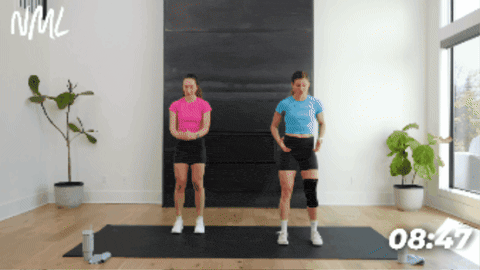
How to Do a Calf Raise and Tib Raise
- Stand with your feet shoulder-width apart and toes pointing forward. Option to place hands on a chair or countertop for additional balance support.
- Lift your heels off the ground as high as you can, pressing through the balls of your feet. Focus on squeezing your calves at the top. With control, lower your heels to the ground.
- Slowly lift your toes towards your shins while keeping your heels on the ground. With control, lower your toes to the ground, returning to the starting position.
3. Wide Squat Shoulder Drop
Targets: Glutes, quadriceps, hamstrings, inner thighs (adductors), mid-back, rear deltoids, shoulders and thoracic spine.
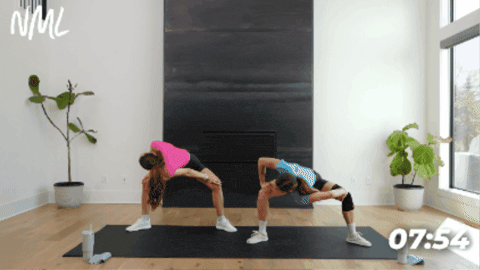
How to Do a Wide Squat Shoulder Drop
- Start in a wide stance, feet wider than hips, toes slightly turned out. Place a hand on each thigh, avoiding pressing directly on the knee joint.
- Bend your knees, lowering your hips to find a low, wide squat, aiming for 90-degree bends in both knees.
- Hold this squat position, then drop your right shoulder towards your left knee, gently pressing into your right thigh with your right hand as you rotate through the spine.
- Return to center, maintaining a low squat position.
- Then repeat on the other side, dropping your left shoulder towards your right knee and pressing into your left thigh with your left hand.
4. Lateral Squat and T-Spine Rotation
Targets: Glutes, hamstrings, quadriceps, adductors (inner thighs), abductors (outer thighs), lower back, upper back and spine.
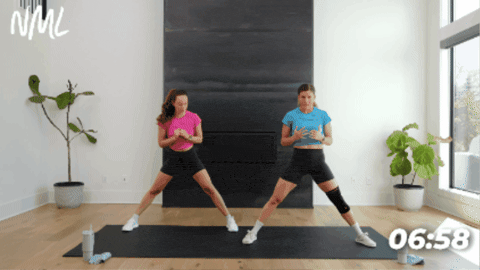
How to Do a Lateral Squat and T-Spine Rotation
- Start in a wide stance, feet wider than hips, toes slightly turned out.
- Shift your weight to the right as you bend your right knee and push your hips back and down. Think about performing a single-leg squat on the right side. Left leg remains extended.
- Hold this lateral squat position as you reach your left arm across your body, grasping your right foot with your left hand.
- Inhale as you rotate through the spine, opening up your chest as you lift your right fingertips toward the ceiling. Your gaze should track toward your right fingertips.
- With control, reverse the motion, returning to the starting position.
5. Standing Quad Stretch and Hinge
Targets: Quads, glutes, hip flexors, hamstrings and core.
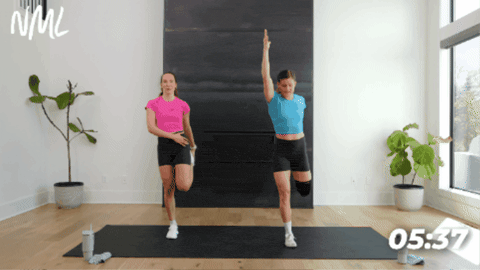
How to Do a Standing Quad Stretch and Hinge
- Start in a standing position with your feet shoulder-width apart and core engaged.
- Bend your right knee to bring your right heels closer to your right glutes, then reach back with your right hand to grab your right ankle or foot. Knees stay together and pelvis remains neutral (avoiding overextension through lower-back).
- Engage your glutes to gently press your hips forward, feeling a stretch through the front of your thigh and hip.
- Then, hinge at the hips, lowering your torso until it’s parallel to the ground. Option to extend your left arm for balance support.
- Press through your left heel to stand tall, returning to the starting position.
6. Standing Shoulder CARS
Targets: Deltoids (all three heads of the shoulder muscles) and rotator cuff muscles, lower back and upper back.
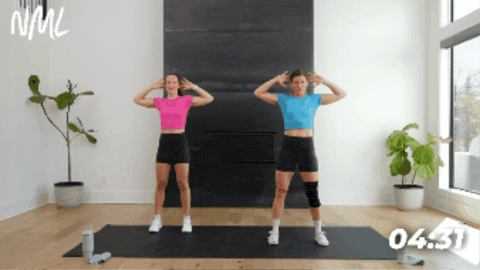
How to Do a Standing Shoulder CARS (Controlled Articular Rotations)
- Start in a standing position with your feet shoulder-width apart and core engaged. Place your hands gently behind your head, elbows wide. Squeeze your shoulder blades together to activate your upper back.
- Straighten your elbows, extending your arms out to the sides. Both arms should be at shoulder height, palms facing away from you.
- Rotate your palms to face the back of the room, then bend your elbows, bringing your hands behind your back (backs of your hands touching your lower back).
- Return to the starting position by straightening your elbows, then rotate your palms, bending your elbows, ending with your hands behind your head.
7. Standing External Hip Rotations
Targets: Glutes, piriformis, hip flexors, calves and core.
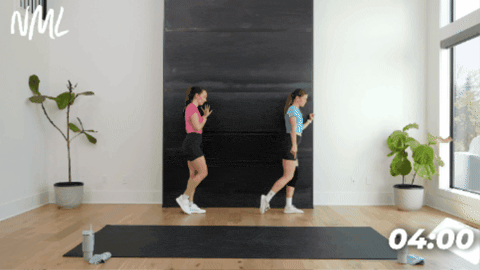
How to Do a Standing External Hip Rotations
- Start in a standing position with your feet shoulder-width apart and core engaged. Option to place one hand on a wall or chair for balance support.
- Shift your weight to your left leg, maintaining a soft bend in your left knee.
- Bend your right knee to 90 degrees, lift it in a large circle, bringing your knee hip towards your hip, and slightly rotate the knee outward as you lower it behind you. I like to imagine I’m stepping over a chair or stool to get a full range of motion.
8. Standing Figure 4
Targets: Outer glutes, quads, hip flexors, piriformis, calves and core.
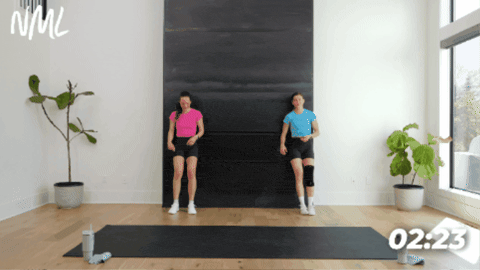
How to Do a Standing Figure 4
- Start in a standing position with your feet hip-width apart and core engaged. Option to lean your back against a wall for additional balance support.
- Shift your weight into your left foot, keeping a soft bend in your left knee.
- Then lift your right foot and cross it over your left thigh. Right ankle rests above the left knee and the right knee should point out to the side, forming a “figure 4” shape. You can grasp your right ankle and slightly pull it towards your left hip to deepen the stretch.
9. Standing Cat/Cow
Targets: Erector spinae, rectus abdominis, transverse abdominis, shoulders and neck.
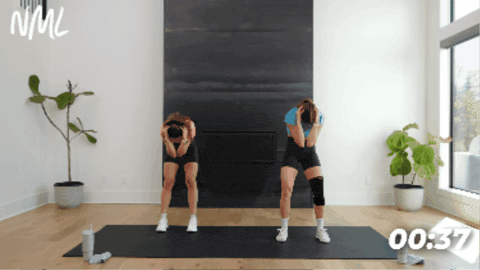
How to Do a Standing Cat/Cow
- Start in a standing position with your feet shoulder-width apart and core engaged. Place your hands gently behind your head, elbows wide. Squeeze your shoulder blades together to activate your upper back.
- Inhale, lifting your chest and chin towards the ceiling and arching your back to find cow pose. Open through the chest, feeling your spine extend from tailbone to crown.
- Then exhale to find cat pose, rounding your spine, tucking your pelvis under and letting your head and shoulders gently roll forward, gaze falling towards your navel. Think about pulling your belly button towards your spine to engage your core.
FAQs
Most of my “rest days” are actually active recovery days, and include a long walk, a mobility flow or a light stretching routine. That said, your recovery should match your season of life, your training load and how your body’s feeling. If you’re feeling run down, regularly dealing with delayed onset muscle soreness (DOMS) or feel a lack of motivation around exercising, I recommend a few days off. You could also try incorporating restorative practices like red light therapy for muscle recovery, or follow a Deload Week Plan (find out more about what a deload week is here!).
The best active recovery exercises are low-intensity movements that increase blood flow, promote mobility and help your body repair without adding extra stress. Popular types of active recovery include gentle physical activity like light cardio, an easy bike ride, using a foam roller and walking. You also can perform bodyweight exercises like squats, lunges, glute bridges or dead bugs.
More Workouts
Stretching & RecoveryPin This Active Recovery Workout
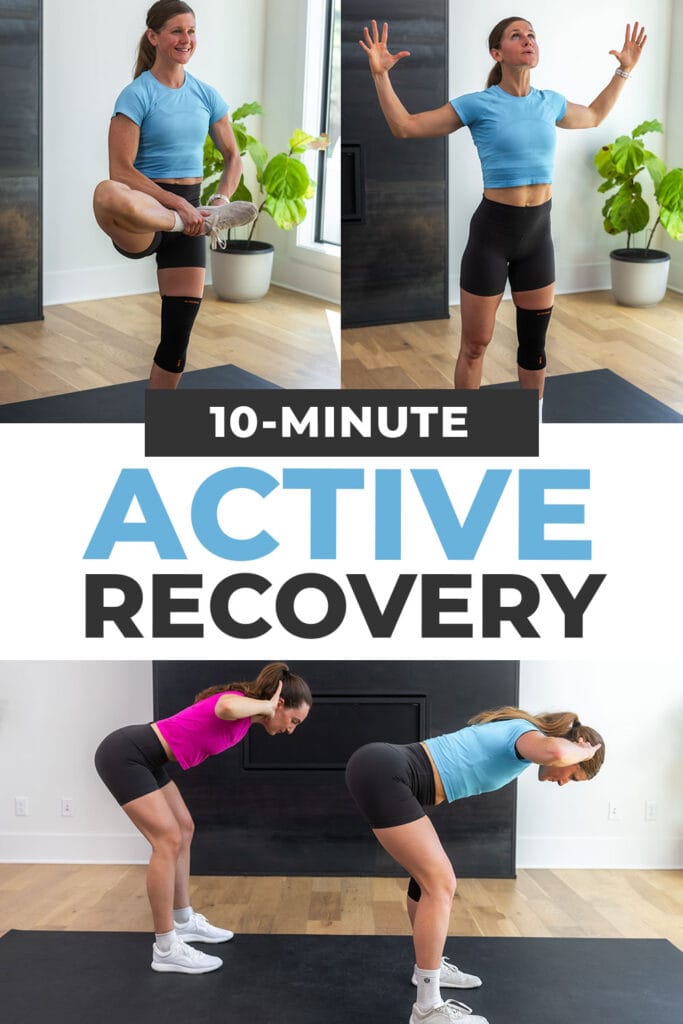










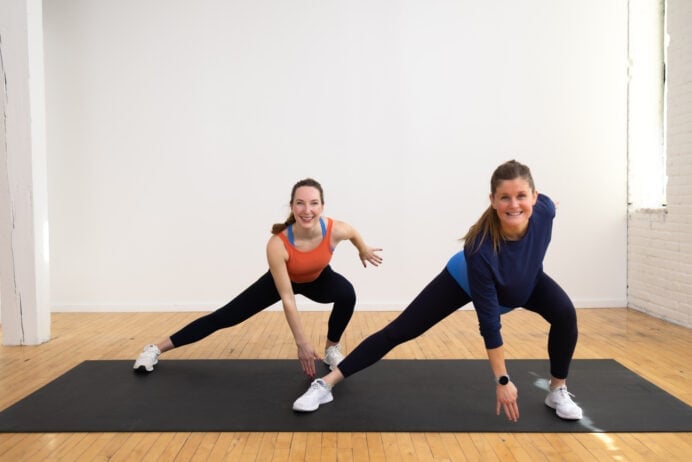
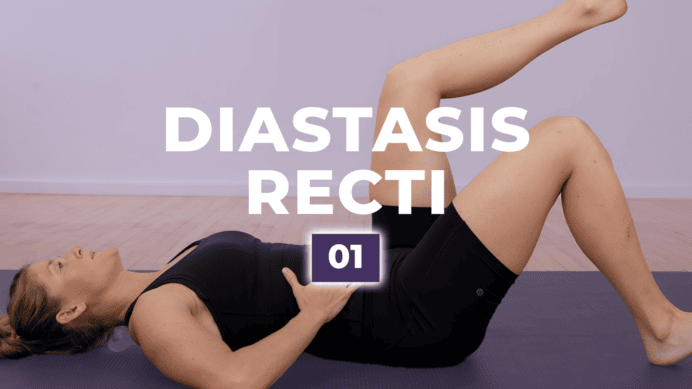
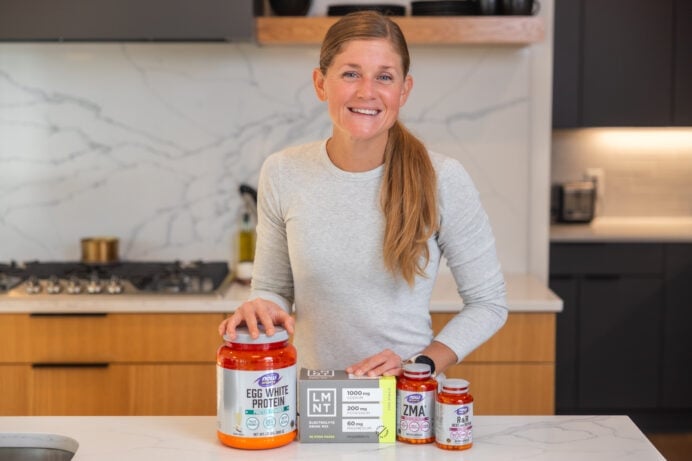
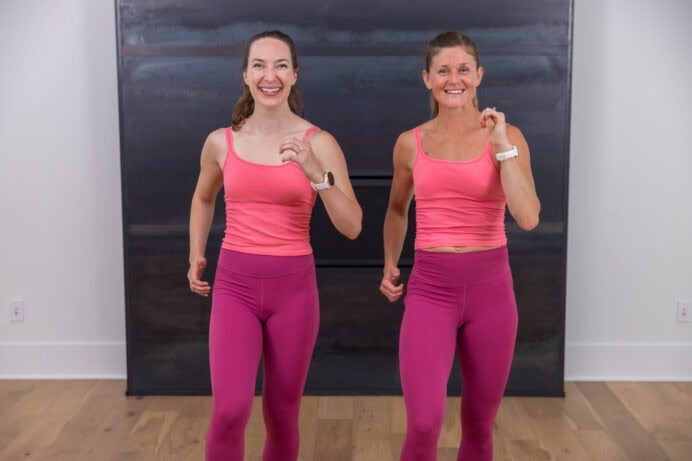
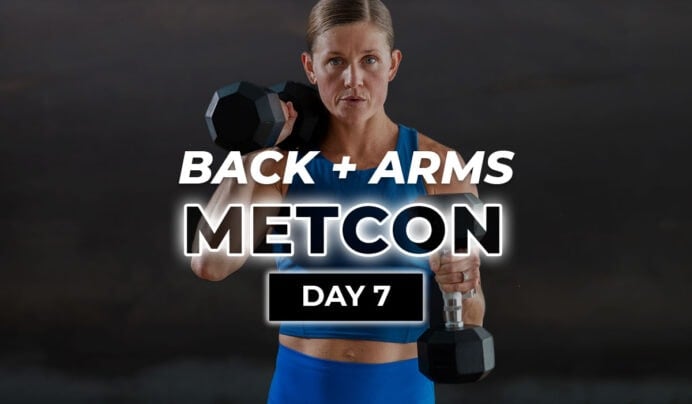
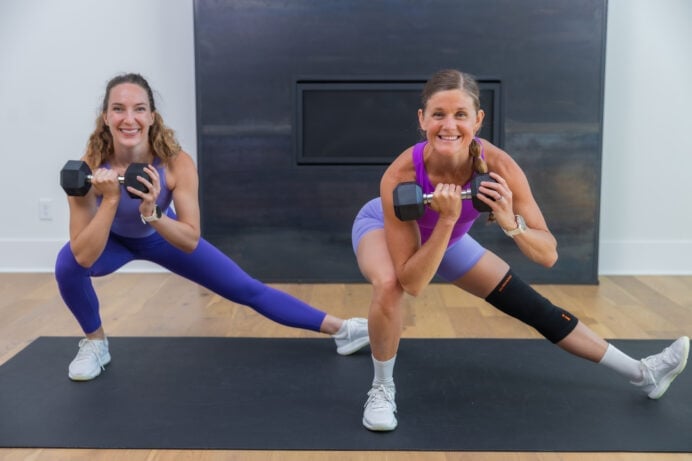
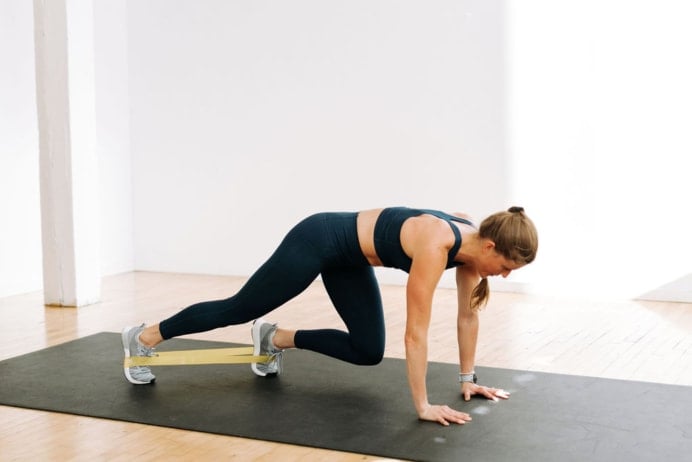

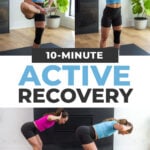
Just did the all-standing mobility workout. I’ve got limited time in the AM, but often wake up stiff and sore. This is a perfect routine for me. Enough to be effective; compact to be efficient. Thanks so much!
Hi Jim! I’m so glad to hear that you enjoyed this mobility routine. Thanks for trying it! -Lindsey
Hi there! Do you know if they’re still offering the complimentary dressing with purchase of vanilla collagen?Attempted to order but it’s not doing the discount, thought I’d check with you to see if it expired. Thanks and HNY!
Hi Pam! Thanks so much for checking out this post, and I’m so sorry I need to update this post as the free dressing offer was valid through 12/31/18, so it no longer works — I’m sorry! That said, you can still get 10% off all Primal Kitchen Products using code: NML
Happy New Year! Lindsey
Wonderful, what a weblog it is! This website presents
helpful facts to us, keep it up
Thanks Camila! Appreciate you checking out my site! -Lindsey